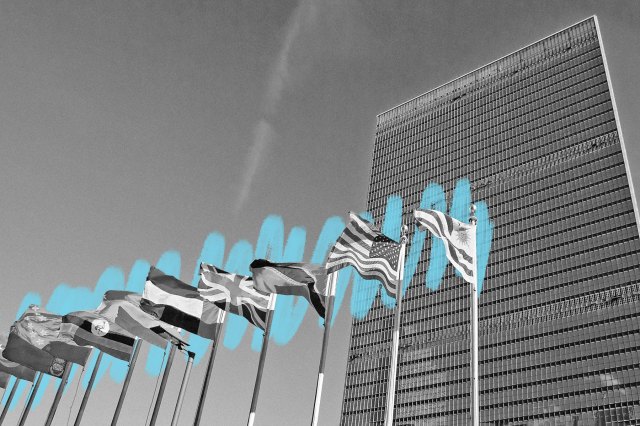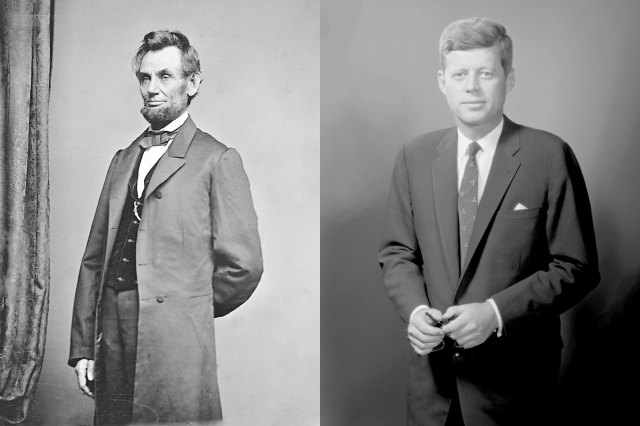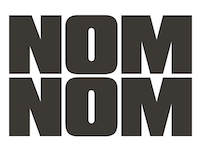 |
The United Nations was nearly built near Greenwich, Connecticut. |
World History |
 |
| |
| In January 1946, Greenwich town official and future U.S. Senator Prescott Bush — the father of George H.W. Bush — informed reporters about the UNOville proposal. Upon learning that 500 to 1,000 residents would be displaced by this international mega-campus, members of the community fought back to preserve their sense of regional identity. This led to a public referendum on February 23, which shot down the proposal by a vote of 5,505 to 2,019. With Greenwich no longer a viable option, cities such as Boston, Philadelphia, and San Francisco vied to become the new home of the U.N. But in December 1946, John D. Rockefeller Jr. purchased land along the East River in Manhattan and gifted it to the United Nations. Construction on the U.N. headquarters began in 1949, and employees moved into the building the following year. | |
 | |
 | |||
| |||
Give Your Dog a New Lease on Lunch With High-Quality, Nutritionally Complete Meals From Nom Nom | |||
| Thank you for supporting our sponsors! They help us keep History Facts free. |
 | |||||||||
By the Numbers | |||||||||
| |||||||||
| |||||||||
 | |||||||||
| |||||||||
Connecticut and Rhode Island were the only two states to reject the 18th Amendment. | |||||||||
| Ratified in 1919, the 18th Amendment established a national ban on the manufacture, sale, and transportation of alcohol. Only Connecticut and Rhode Island voted against the amendment. Both states had actually tried and failed to ban booze decades earlier amid the temperance movement; Rhode Island enacted statewide bans from 1852 to 1863 and 1886 to 1893, while Connecticut embraced prohibition from 1855 to 1857. But those state laws were all repealed amid public outcry. When the 18th Amendment rolled around, Connecticut and Rhode Island had seemingly learned how futile alcohol bans were, and also expressed concern about federal law infringing on state's rights. | |||||||||
 | |||
Recommended Reading | |||
 | |||
| | |||
 | |||
| | |||
| + Load more | |||
| |||||||||
| 700 N Colorado Blvd, #513, Denver, CO 80206 | |||||||||








0 comments:
Post a Comment